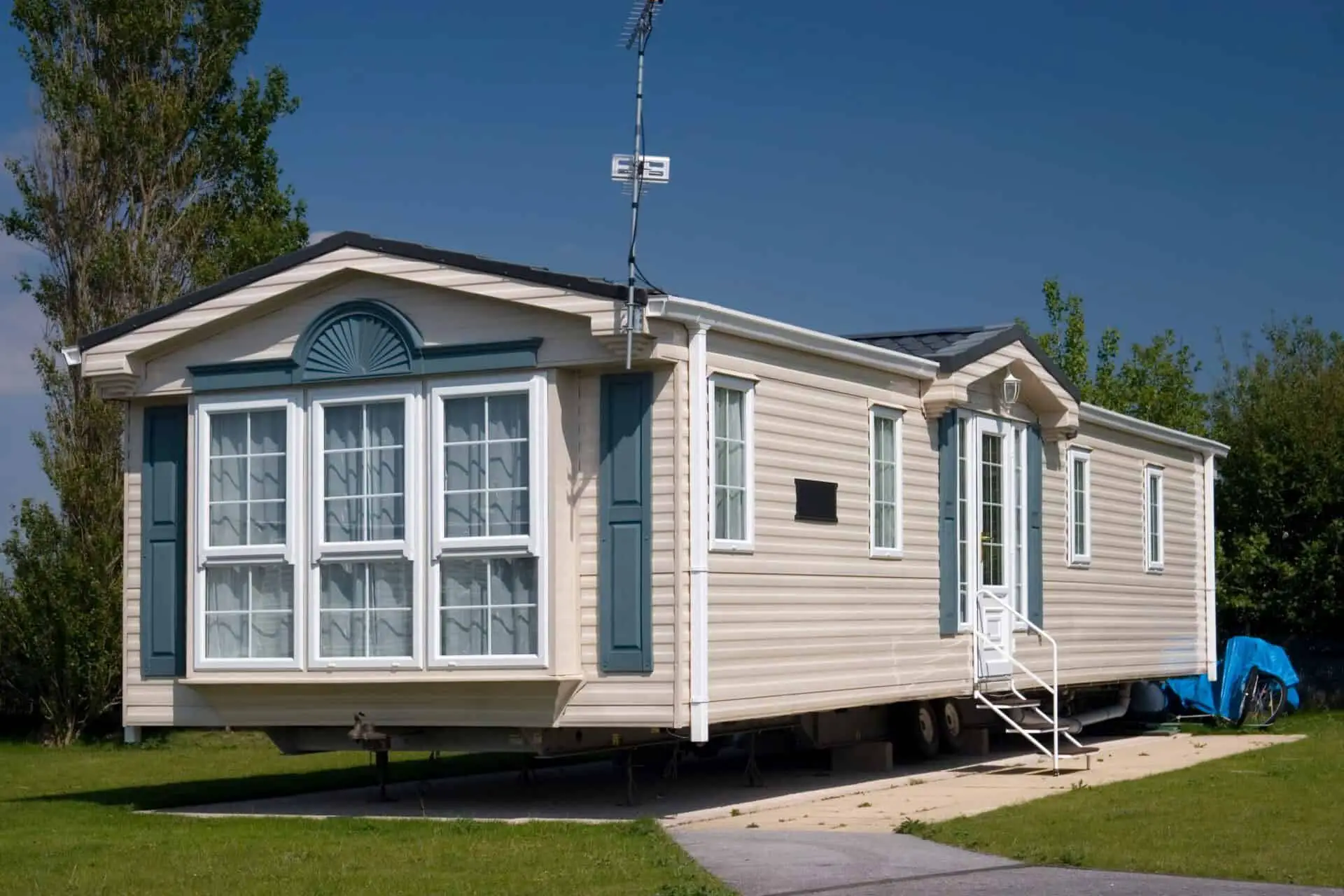Turning a mobile home into a modular home is not possible because these two are very different types of construction. Mobile and modular homes are often mixed up because their construction appears to be quite similar: they are both prefabricated as three-dimensional sections. Still, these two share more differences than similarities, making it impossible for these two types of homes to be interchangeable.
Reasons why a mobile home can’t become a modular home:
- They follow different building regulations
- Mobile homes are built on-frame while modular homes are off-frame
- Their quality and safety standards aren’t equivalent
Mobile homes have a disadvantage: they are by default titled as personal property. This title often prevents mobile homeowners from receiving the same opportunities in financing or legal protection as owners of modular homes with real estate property titles. While turning a mobile home into a modular home isn’t possible, you can definitely convert your personal property title into real estate property.
Why a mobile home can’t be turned into a modular home
They follow different building regulations
Despite being built off-site, modular homes are always considered real state property and are manufactured to be permanently attached to one specific plot of land. They are therefore required to stick to the regulations established by the state and local building codes, just like any traditional on-site-built house.
Mobile homes, on the other hand, are designed initially as personal property, just like a vehicle, since their main goal is to be transportable and independent of the land [1]. Not being attached to a specific plot of land, they can’t stick to any state or local building code and are instead regulated at a national level by the HUD codes.
Mobile homes are built on-frame while modular homes are off-frame
Both modular and mobile homes are prefabricated as three-dimensional volumes and at a fast glance, they might look quite similar. However, these volumes are significantly different at the bottom. Mobile homes are always built on-frame, a steel frame chassis acting as a moveable foundation. This frame is required by the HUD Codes.
Modular homes are never built on a frame; every module is conceived as a structural unit by itself that as soon as they are shipped to the property will be attached to permanent foundations. To transport them, they are placed on a removable steel frame, which sole purpose is to hold the module during transportation. However, the frame placed under a mobile home isn’t removable since it holds the overall structure.
Their quality and safety standards aren’t equivalent
The minimum requirements of quality and safety standards of a construction are defined by the building regulations they adhere to. Both the building codes and the HUD codes are designed to guarantee that the houses meet the minimum quality and safety requirements, though there are some differences among them.
The building codes are based on the International Code Council® (ICC) though still modified to fit the specific needs defined by each location which means that the quality and security of every modular home are always good regardless of where it is based [2]. The HUD codes however are more generic since the same code applies to the whole US territory. Therefore, mobile homes can only offer essential quality and safety standards.
How to turn a mobile home into real estate property
Today, the process of converting a mobile home into real estate property is a relatively simple process under the Uniform Manufactured Housing Act (UMHA) [3]. Traditionally, this conversion was quite complex and only those mobile homes built after 1976 [4], were eligible. With this new law, every mobile home can apply for conversion, and aspects such as owning the land where the house is placed or attaching it to permanent foundations are no longer a requirement.
- Connection to the land: The mobile home should be properly connected to the ground in a way that is unlikely for the house to be moved. This includes removing all the transportation fixtures, such as the towing hitch, the wheels, and the axles. For the house to be adequately connected to the land, it should be supplied with a source of electricity.
- File certificate of location: A certificate of location is a document that certifies that the homeowner has a legal right to place the house on the land where it is located, either because they own it or lease it. This certificate should include detailed information about the homeowner, the purchase of the house, the house itself, and the land [3].
- Home titled as real property: In most cases, the house will become real property after filing the certificate of location. As soon as the house becomes real estate property, the tax code will change, this varies from state to state but generally, real estate property is taxed by the municipality while personal property is taxed by the state [5].
References:
- Manufactured, Mobile Home Personal Property Taxes indy.gov https://www.indy.gov/activity/manufactured-mobile-home-personal-property-taxes
- I-Codes Code Adoption Map The Wagner Companies https://wagnercompanies.com/i-codes-code-adoption-map/
- Manufactured Housing Act (UMHA) Uniform Law Commission (ULC) https://www.uniformlaws.org/committees/community-home?CommunityKey=96fefc9f-115e-46f0-bf6b-af42368799e5
- Manufactured Home Construction and Safety Standards U.S. Department of Housing and Urban Development. https://www.hud.gov/hudprograms/mhcss
- Manufactured Housing Resource Guide: Titling Homes as Real Property National Consumer Law Center (NCLC) https://www.nclc.org/images/pdf/manufactured_housing/cfed-titling-homes.pdf



